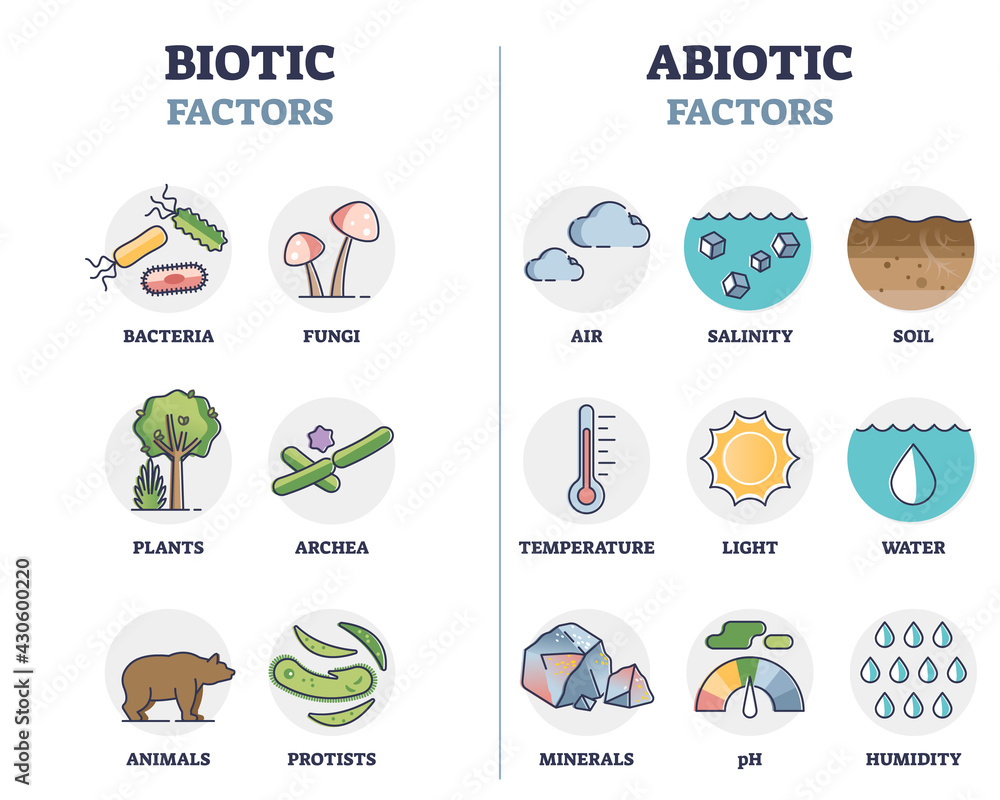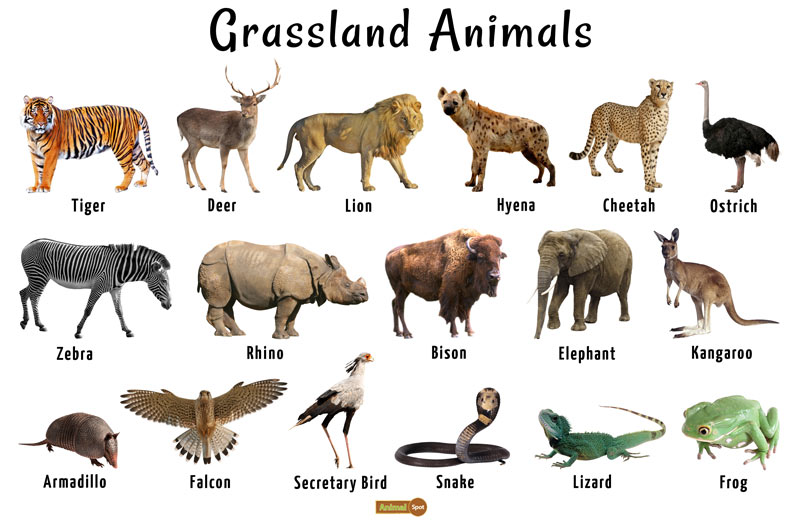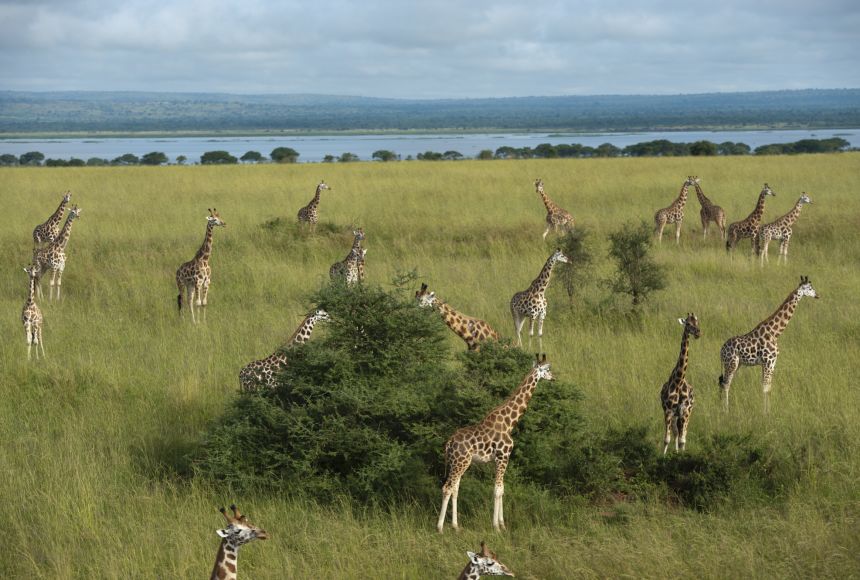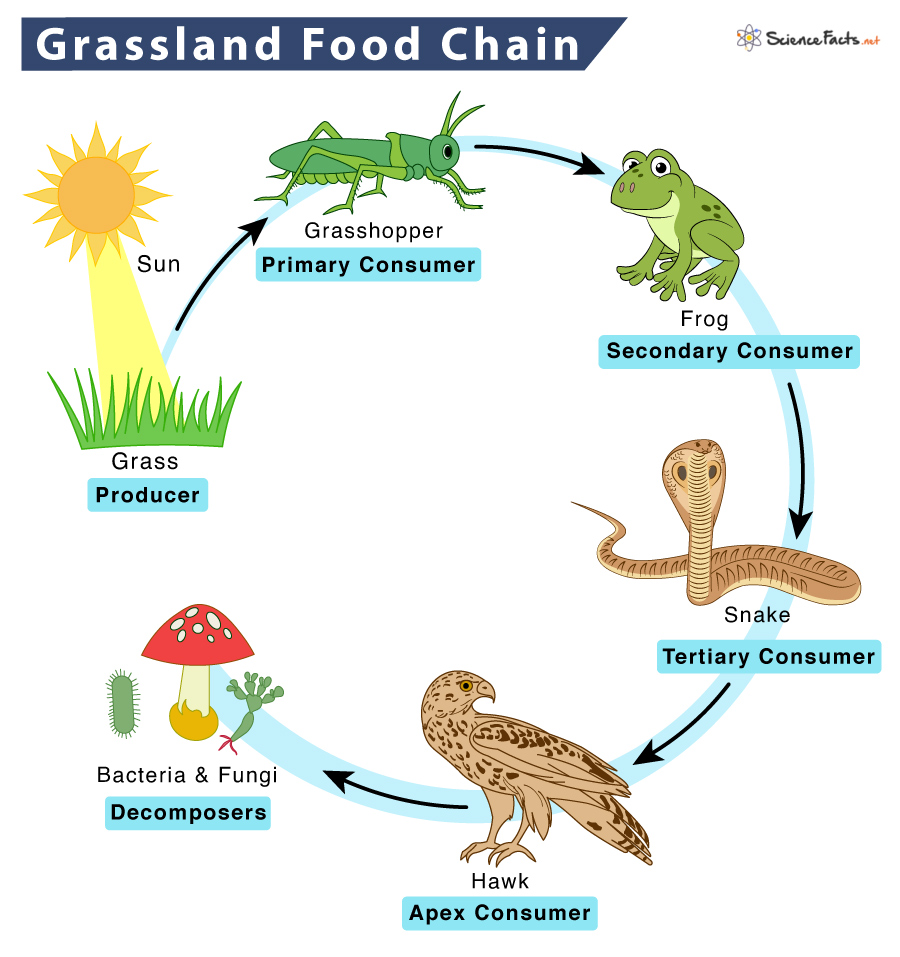Topic biotic and abiotic in ecosystem: Explore the intricate dance between biotic and abiotic elements in ecosystems, revealing how life and the physical environment intertwine to sustain the planet"s diverse habitats.
Table of Content
- What are biotic and abiotic factors in an ecosystem and how do they contribute to its functioning?
- Understanding Ecosystems: The Interplay of Biotic and Abiotic Factors
- Key Biotic Components: Flora and Fauna
- Essential Abiotic Elements: Water, Soil, and Climate
- The Role of Sunlight and Temperature in Ecosystems
- YOUTUBE: Biotic and Abiotic Factors in Ecosystem
- Interactions Between Biotic and Abiotic Factors
- Importance of Water and Nutrients in Ecosystem Dynamics
- Impact of Human Activities on Ecosystem Balance
- Adaptations of Organisms to Abiotic Conditions
What are biotic and abiotic factors in an ecosystem and how do they contribute to its functioning?
Biotic and abiotic factors are essential components of an ecosystem, playing different roles in its functioning.
Biotic factors refer to living organisms within an ecosystem. These can include plants, animals, bacteria, fungi, and other microorganisms. Biotic factors interact with each other and their environment, influencing the overall functioning of the ecosystem.
Here are some examples of biotic factors in an ecosystem:
- Plants: Plants are primary producers and play a crucial role in capturing sunlight energy through photosynthesis. They provide food and shelter for other organisms.
- Animals: Animals can be herbivores, carnivores, or omnivores. They contribute to the energy flow in the ecosystem by consuming other organisms.
- Bacteria and Fungi: These microorganisms decompose dead organic matter, returning nutrients to the soil and facilitating nutrient cycling within the ecosystem.
Abiotic factors refer to non-living components of the ecosystem. They provide the physical and chemical conditions necessary for organisms to survive and thrive.
Here are examples of abiotic factors in an ecosystem:
- Temperature: Temperature influences the metabolic rates and physiological processes of organisms. It affects their growth, reproduction, and distribution.
- Light: Light availability affects the photosynthetic activity of plants, which is crucial for their growth and productivity.
- Water: The presence of water is vital for the survival of all living organisms. It influences the distribution and abundance of organisms in an ecosystem.
- Soil pH and Nutrients: Soil pH and nutrient levels affect plant growth and the availability of essential elements to organisms.
Both biotic and abiotic factors interact and depend on each other in an ecosystem. Biotic factors rely on abiotic factors for survival and reproduction, while abiotic factors are modified and influenced by biotic interactions.
The functioning of an ecosystem relies on the balance and interactions between biotic and abiotic factors. Disruptions or changes in one factor can have cascading effects on the entire ecosystem, impacting the abundance and distribution of organisms and altering nutrient cycling and energy flow.
In summary, biotic and abiotic factors are crucial components of an ecosystem. Biotic factors include living organisms, such as plants, animals, and microorganisms, while abiotic factors encompass non-living components, such as temperature, light, water, and soil characteristics. The interaction and interdependence between these factors contribute to the functioning and dynamics of an ecosystem.
READ MORE:
Understanding Ecosystems: The Interplay of Biotic and Abiotic Factors
Ecosystems are dynamic entities composed of living organisms (biotic factors) and non-living elements (abiotic factors) that interact in complex ways. These interactions form the foundation of the environment in which various species survive, reproduce, and thrive. Understanding this interplay is crucial for appreciating how ecosystems function and maintain balance.
- Biotic factors include all living organisms within an ecosystem, such as plants, animals, fungi, and microorganisms. Each plays a specific role, contributing to the complex web of life through interactions like predation, competition, and symbiosis.
- Abiotic factors are the non-living components of an ecosystem that influence the living organisms. These include climate, water, soil, temperature, and sunlight. Abiotic factors determine the types of organisms that can survive in an ecosystem and how they live.
The balance between biotic and abiotic factors is what makes each ecosystem unique. Changes in abiotic factors, such as temperature shifts or water availability, can have profound effects on the ecosystem. Similarly, changes in the populations of biotic factors can alter the physical environment. This mutual influence ensures the ongoing evolution and adaptation of ecosystems.
- Energy Flow: Sunlight is the primary source of energy for most ecosystems, driving photosynthesis in plants, which in turn supports herbivores, and subsequently predators and decomposers.
- Nutrient Cycling: Abiotic factors like soil and water play a key role in the cycling of nutrients, which are used by plants and, by extension, by the animals that feed on them.
- Climate Regulation: The interactions between biotic components and abiotic elements like the atmosphere contribute to climate regulation through processes such as carbon sequestration and oxygen production.
By studying these interactions, scientists can better understand ecosystem health, predict how ecosystems will respond to changes, and develop strategies for conservation and sustainability.

Key Biotic Components: Flora and Fauna
The biotic components of an ecosystem encompass all the living organisms that play integral roles in maintaining ecological balance. These are broadly categorized into flora (plants) and fauna (animals), each contributing uniquely to the ecosystem"s health and functionality.
- Flora: Plants are the primary producers in an ecosystem, harnessing the energy of the sun through photosynthesis to create organic materials from inorganic substances. They form the base of the food web, providing essential nutrients and energy for other organisms. Additionally, flora contributes to the oxygenation of the atmosphere and the regulation of the water cycle.
- Fauna: Animals are consumers in the ecosystem, relying on plants and other animals for energy. They are categorized into herbivores (plant eaters), carnivores (meat eaters), omnivores (both plant and meat eaters), and decomposers (organisms that break down dead material). Fauna plays crucial roles in pollination, seed dispersal, and the control of plant and animal populations, ensuring ecological equilibrium.
Beyond their immediate interactions, flora and fauna engage in symbiotic relationships, mutually beneficial associations that have evolved over millions of years. These relationships are essential for nutrient exchange, reproduction, and survival, highlighting the intricate connections that sustain ecosystems.
- Pollination: Many animals, including bees, birds, and bats, are vital pollinators for plants, enabling reproduction and the spread of genetic material.
- Seed Dispersal: Fauna such as birds and mammals consume fruits and subsequently disperse seeds, aiding in plant distribution and habitat expansion.
- Nutrient Cycling: Decomposers, like fungi and bacteria, along with detritivores, such as worms and certain insects, break down dead organic matter, returning nutrients to the soil and supporting new plant growth.
Understanding the roles and relationships of flora and fauna within ecosystems is vital for conservation efforts, ensuring that these biological communities continue to thrive for generations to come.
Essential Abiotic Elements: Water, Soil, and Climate
Abiotic elements play a foundational role in shaping ecosystems, providing the non-living conditions necessary for life. Among these, water, soil, and climate are paramount, each influencing the types of organisms that can thrive and the interactions that occur within the ecosystem.
- Water: It"s the lifeblood of ecosystems, essential for all living organisms. Water availability impacts species distribution, plant growth, and the overall productivity of an ecosystem. Aquatic ecosystems are entirely shaped by the characteristics of their water environments, while terrestrial ecosystems depend on rainfall patterns and water sources.
- Soil: Soil quality and composition affect the types of plants that can grow in an ecosystem, which in turn influences the fauna present. Soils rich in nutrients support a wide variety of plant life, leading to diverse ecosystems. Soil also acts as a water filter, regulating the flow of nutrients and pollutants.
- Climate: Climate determines the temperature, sunlight, and precipitation patterns of an area, directly affecting the survival of species and the productivity of ecosystems. Different climates support different types of ecosystems, from the cold tundras to the warm tropical rainforests.
The interaction between these abiotic factors creates distinct habitats and niches, allowing for a wide variety of life forms to coexist. Understanding the influence of water, soil, and climate on ecosystems is crucial for predicting changes in biodiversity and for the conservation of natural habitats.
- Water Cycle: The movement of water through ecosystems, from evaporation to precipitation to runoff, is vital for nutrient cycling and energy flow.
- Soil Formation and Erosion: The processes that create and wear away soil are critical for maintaining ecosystem health, influencing everything from plant life to water quality.
- Climate Change Impacts: Shifts in climate can lead to drastic changes in ecosystems, altering species distributions, water availability, and the productivity of flora and fauna.
By protecting and managing these essential abiotic elements, we can help ensure the resilience and sustainability of ecosystems around the globe.
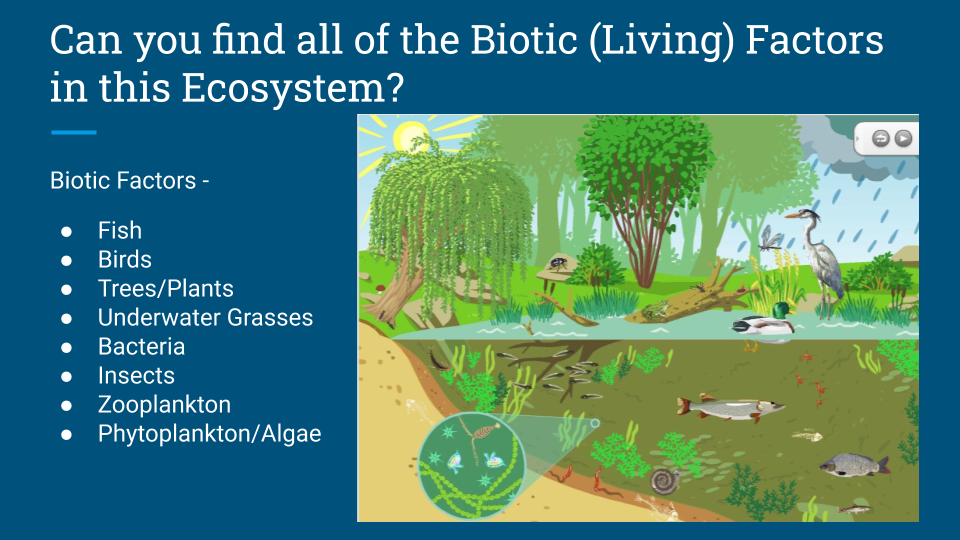
The Role of Sunlight and Temperature in Ecosystems
Sunlight and temperature are critical abiotic factors that significantly influence ecosystem dynamics. They not only determine the energy availability within ecosystems but also influence the physical conditions under which organisms live.
- Sunlight: It is the primary source of energy for photosynthesis, the process by which plants, algae, and some bacteria convert light energy into chemical energy. This energy then becomes available to other organisms within the ecosystem through food chains. Sunlight also affects the behavior and migration patterns of various species.
- Temperature: It influences the rate of metabolic and physiological processes in organisms. Temperature ranges define the distribution of species, as different organisms have varying capacities to tolerate heat or cold. Temperature also impacts the physical state of water, affecting habitats and the availability of water for organisms.
The combination of sunlight and temperature shapes the world"s biomes, each with distinctive climates, flora, and fauna. For example, tropical rainforests are warm and receive abundant sunlight, supporting a vast diversity of life, while polar regions experience extreme cold and limited sunlight, resulting in a much sparser distribution of life.
- Seasonal Changes: The variation in sunlight and temperature throughout the year leads to seasonal changes in ecosystems, affecting plant growth cycles, animal breeding patterns, and migration.
- Photosynthesis and Energy Production: Sunlight drives photosynthesis, the foundation of most food webs, determining the primary productivity of ecosystems.
- Temperature Regulation and Adaptation: Organisms have evolved various strategies to regulate their internal temperatures and adapt to their thermal environments, from behavioral adaptations like basking in the sun to physiological mechanisms such as hibernation.
Understanding the roles of sunlight and temperature in ecosystems is essential for predicting the effects of climate change on biodiversity and ecosystem function, as well as for developing conservation strategies that ensure the resilience of natural habitats.
Biotic and Abiotic Factors in Ecosystem
Factors: Discover the fascinating world of factors and how they influence the outcomes of various situations. Watch our video to unravel the mystery behind these influential elements and deepen your understanding of cause and effect relationships.
Biotic and Abiotic Factors in Ecosystems
Ecosystems: Immerse yourself in the awe-inspiring beauty and complexity of ecosystems through our captivating video. Embark on a journey to explore the intricate interconnections between living organisms and their environment, and gain a newfound appreciation for the delicate balance that sustains life.
Interactions Between Biotic and Abiotic Factors
Sunlight and temperature are critical abiotic factors that significantly influence ecosystem dynamics. They not only determine the energy availability within ecosystems but also influence the physical conditions under which organisms live.
- Sunlight: It is the primary source of energy for photosynthesis, the process by which plants, algae, and some bacteria convert light energy into chemical energy. This energy then becomes available to other organisms within the ecosystem through food chains. Sunlight also affects the behavior and migration patterns of various species.
- Temperature: It influences the rate of metabolic and physiological processes in organisms. Temperature ranges define the distribution of species, as different organisms have varying capacities to tolerate heat or cold. Temperature also impacts the physical state of water, affecting habitats and the availability of water for organisms.
The combination of sunlight and temperature shapes the world"s biomes, each with distinctive climates, flora, and fauna. For example, tropical rainforests are warm and receive abundant sunlight, supporting a vast diversity of life, while polar regions experience extreme cold and limited sunlight, resulting in a much sparser distribution of life.
- Seasonal Changes: The variation in sunlight and temperature throughout the year leads to seasonal changes in ecosystems, affecting plant growth cycles, animal breeding patterns, and migration.
- Photosynthesis and Energy Production: Sunlight drives photosynthesis, the foundation of most food webs, determining the primary productivity of ecosystems.
- Temperature Regulation and Adaptation: Organisms have evolved various strategies to regulate their internal temperatures and adapt to their thermal environments, from behavioral adaptations like basking in the sun to physiological mechanisms such as hibernation.
Understanding the roles of sunlight and temperature in ecosystems is essential for predicting the effects of climate change on biodiversity and ecosystem function, as well as for developing conservation strategies that ensure the resilience of natural habitats.

Importance of Water and Nutrients in Ecosystem Dynamics
Water and nutrients are fundamental components of ecosystems, playing vital roles in sustaining life, shaping habitats, and facilitating complex interactions among living organisms. Their availability and distribution influence the structure, function, and productivity of ecosystems. Understanding the significance of water and nutrients helps in appreciating the intricate balance necessary for the health and resilience of natural environments.
- Water as the Basis of Life: Water is crucial for all forms of life. It is involved in nearly every biological process, including photosynthesis, nutrient transport, and temperature regulation. The distribution of water in an ecosystem determines the types of organisms that can live there, influencing biodiversity and ecosystem productivity.
- Nutrient Cycling: Nutrients, such as nitrogen, phosphorus, and potassium, are essential for the growth and development of plants and animals. These elements are recycled within ecosystems through processes like decomposition, which releases nutrients back into the soil, and through food chains, where they are transferred between organisms.
- Ecosystem Productivity: The availability of water and nutrients directly affects the productivity of ecosystems. In areas where these resources are abundant, primary production is often high, supporting a diverse and complex web of life. Conversely, in areas where they are limited, productivity is lower, and ecosystems may be more fragile.
- Regulation of Climate: Ecosystems like forests and wetlands play a significant role in regulating the climate by storing water and carbon dioxide. This regulation affects local and global climate patterns, demonstrating the global importance of maintaining healthy, functioning ecosystems.
- Human Dependence on Ecosystem Services: Humans rely on ecosystems for a range of services, including water purification, flood control, and the provision of food and medicinal resources. The conservation of water and nutrient cycles is thus directly linked to human well-being and survival.
Consequently, the conservation and sustainable management of water and nutrients are critical for preserving ecosystem dynamics, biodiversity, and the services ecosystems provide to humanity. Efforts to minimize pollution, manage resources responsibly, and restore natural habitats are essential steps in maintaining the balance and health of our planet"s ecosystems.
Impact of Human Activities on Ecosystem Balance
Human activities have profound effects on the balance of ecosystems worldwide, influencing both biotic and abiotic components. These impacts can disrupt the intricate interactions within ecosystems, leading to changes in biodiversity, habitat loss, and altered ecosystem functions. However, recognizing these impacts is the first step towards mitigating them and working towards sustainable coexistence with our natural environment.
- Deforestation and Habitat Loss: Clearing of forests for agriculture, urban development, and timber extraction removes critical habitats for countless species, reducing biodiversity and disrupting ecosystems. This loss of vegetation also affects climate regulation and the carbon cycle.
- Pollution: Air, water, and soil pollution from industrial, agricultural, and domestic sources introduce harmful substances into ecosystems. These pollutants can degrade habitats, harm wildlife health, and disrupt the balance of nutrients and water quality.
- Climate Change: Emissions of greenhouse gases from human activities are leading to global warming and climate change. These changes in temperature and weather patterns can alter ecosystems, affecting species distributions, breeding seasons, and migration patterns.
- Overexploitation of Resources: Overfishing, excessive water use, and the harvesting of wild plants and animals at rates beyond their ability to replenish can lead to resource depletion and loss of species. This not only affects the species targeted but also the entire food web and ecosystem structure.
- Introduction of Invasive Species: Human activities have facilitated the spread of invasive species across the globe, which can outcompete native species, alter habitats, and disrupt the natural balance of ecosystems.
- Land Use Changes: Conversion of natural landscapes into urban or agricultural areas changes the physical characteristics of the land, affecting water runoff, soil fertility, and local climates. These changes can drastically alter the composition and function of ecosystems.
Despite these challenges, human ingenuity and commitment to conservation can play a vital role in restoring ecosystem balance. Initiatives such as reforestation, sustainable resource management, pollution control measures, and the protection of natural habitats demonstrate the potential for positive human influence on the environment. By understanding the impact of our actions, we can make informed decisions to support the health and stability of ecosystems for future generations.

READ MORE:
Adaptations of Organisms to Abiotic Conditions
Organisms have developed a myriad of adaptations to survive and thrive under a wide range of abiotic conditions, such as temperature, water availability, light intensity, and soil composition. These adaptations are crucial for survival, enabling species to inhabit diverse ecosystems across the globe. Understanding these adaptations not only sheds light on the resilience and ingenuity of life but also emphasizes the interconnectedness of all living beings with their environment.
- Temperature Adaptations: Species in extreme temperatures have evolved unique adaptations. Animals in cold climates, like polar bears, have thick fur and fat layers for insulation, while desert plants such as cacti have thick skin to reduce water loss and store water for prolonged periods.
- Water Availability: Organisms in arid environments or those with seasonal rainfall have adapted to conserve or efficiently use water. For example, camels can tolerate high levels of dehydration, and some plants have deep root systems to access groundwater or store water in their leaves.
- Light Intensity: Plants in different light conditions have adapted through the variability in leaf size, thickness, and orientation. Shade-tolerant plants have larger leaves to capture more sunlight, whereas plants in bright, direct light have smaller leaves to reduce water loss.
- Soil Composition: Some plants have developed the ability to grow in soils with high salinity or in nutrient-poor soils by evolving specialized root systems or symbiotic relationships with bacteria that help in nutrient acquisition.
- Adaptations to Wind and Air Flow: Trees and plants in windy areas may have flexible stems or aerodynamic shapes to reduce damage. Some species produce seeds that are dispersed by the wind, ensuring their proliferation over wide areas.
- Pressure and Oxygen Availability: Aquatic organisms have adapted to live at various depths, where pressure and oxygen levels vary significantly. Deep-sea creatures can withstand high pressure, and fish have gills designed for efficient oxygen extraction from water.
These adaptations are the result of millennia of evolution, driven by natural selection and the need for species to fit into their ecological niches. They highlight the incredible diversity of life and the ways in which organisms have become finely tuned to their environments. This understanding underscores the importance of preserving natural habitats and biodiversity, as changes in abiotic factors due to human activities can challenge the ability of organisms to adapt quickly enough, potentially leading to species decline or extinction.

